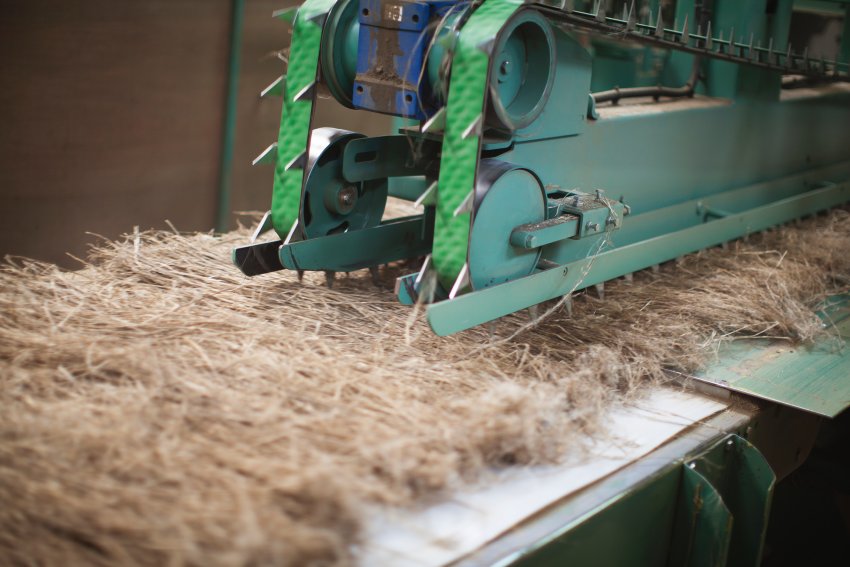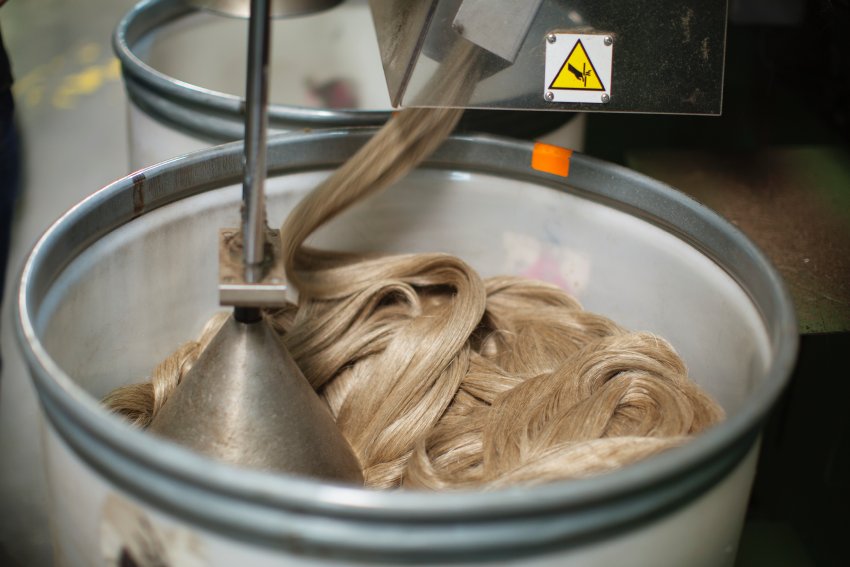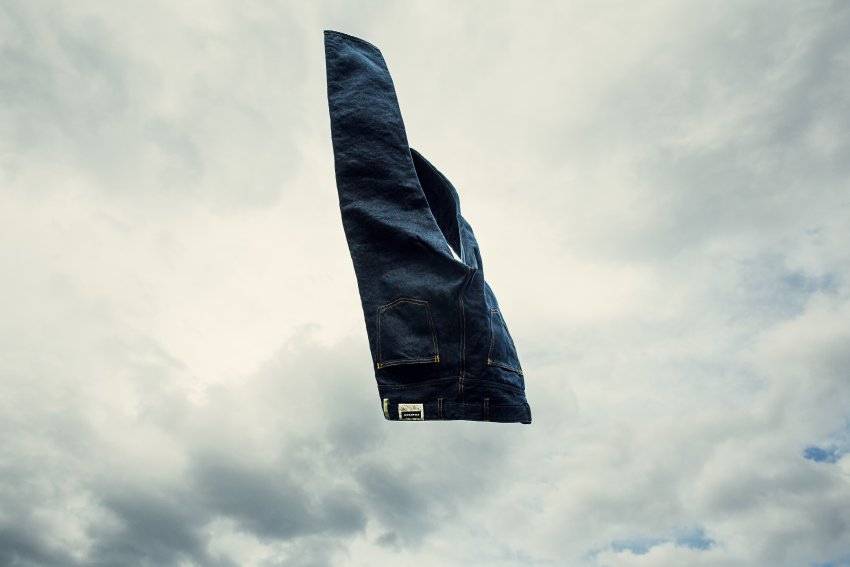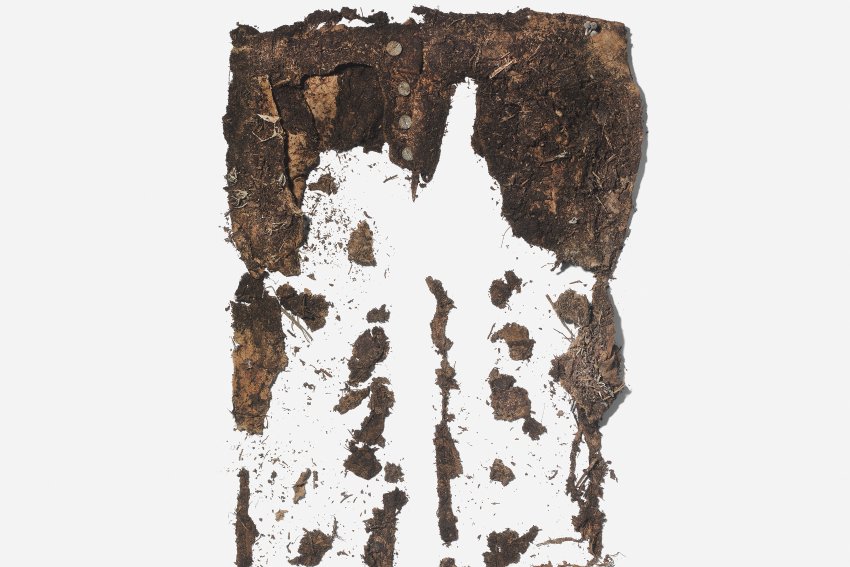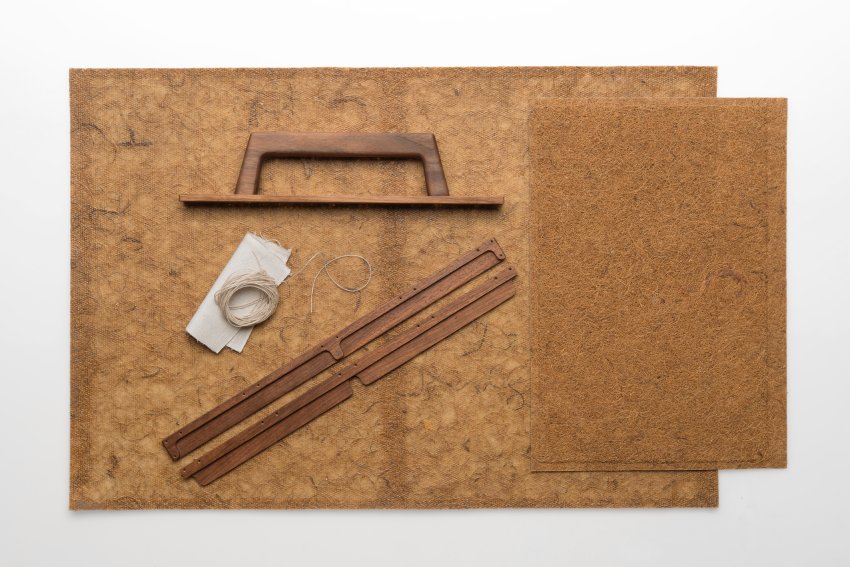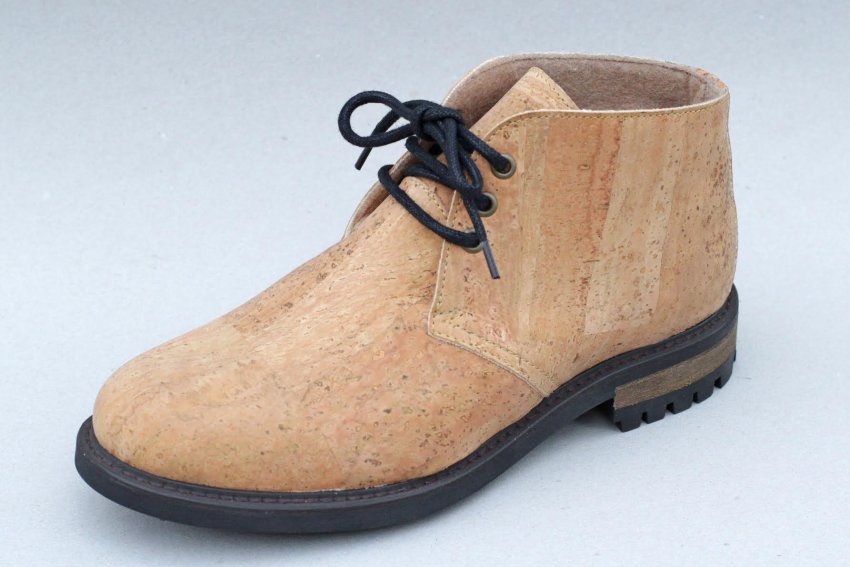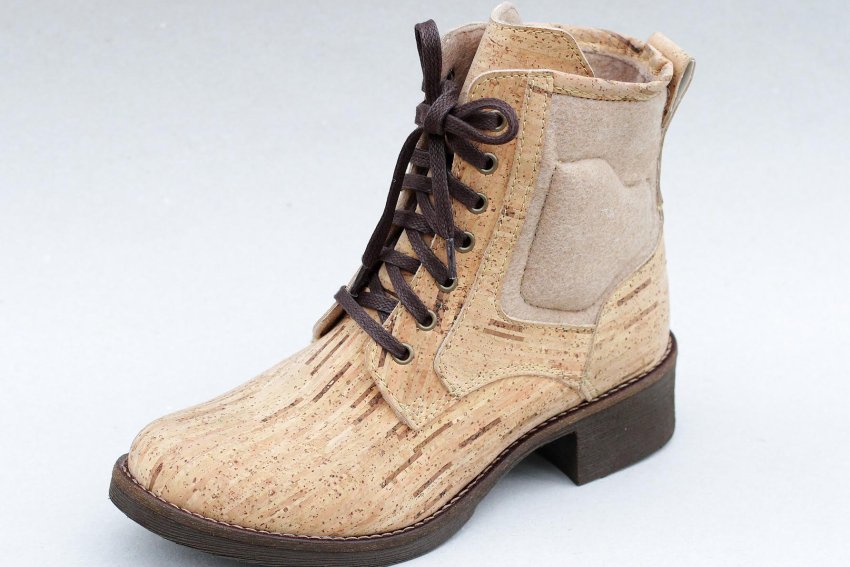
Exploring New Materials: The Search for Sustainable Fashion
Source: www.spiegel.de
Do you know how bad your jeans are for the environment? Or how many chemicals are needed to produce a pair of leather shoes? Luckily, there are some more environmentally friendly options available.
What are you wearing right now? Cotton trousers? A cotton shirt? Or perhaps cotton socks with a few synthetic fibers woven in? If the answer is “yes,” then you’re just like many others. Cotton is Germany’s favorite material, with poll after poll showing that around 80 percent of Germans prefer wearing it over any other material.
There’s just one hitch: Cotton is a particularly thirsty fiber. The production of just one pair of jeans devours around 10,000 liters (2,650 gallons) of water. AUNESCO report found that around 80 percent of that water is used for the cultivation of cotton. Meanwhile, a studyconducted by the British government’s Department for Environment, Food and Rural Affairs concluded: “Cotton is the most water demanding fiber, outstripping the water demands of all other fibers.”
These issues are further compounded by chemical pollution, a factor many manufacturers are currently trying to reduce through the production of organic cotton.
Swiss brothers Markus and Daniel Freitag aren’t convinced. Their firm Freitag is well known for its bags made from recycled truck tarpaulins. There is even one in New York’s Museum of Modern Art.
“We had actually only been looking for good trousers for the workers in our factory,” says Daniel Freitag. They needed to be durable and sustainable. “But we quickly noticed that a good pair of trousers requires good materials. And good materials need good fibers.”
Fibers from France, Pants from Poland
And so the brothers decided to develop their own pants. It took four years before a specimen was finished — and the new pants were made of familiar materials: linen and hemp. “What we’re doing is actually not at all innovative,” says Freitag. “Really this is all going back to the future.”
The two plants are grown in Europe and don’t need much water, with rainfall sufficient for linen and hemp to grow. The trousers were entirely produced within 2,500 kilometers (1,550 miles) of Zurich — and not from 10,000 kilometers away in Asia. The fibers come from France, and are then spun by an Italian firm in Tunisia before being woven in Italy and sewn into trousers in Poland.
Yet this comes at a price, both at the checkout counter and in terms of comfort. The hemp-linen jeans are around twice as heavy as cotton trousers, they absorb more water and take longer to dry. Plus, they cost €190 ($212).
“We’re very close to the absolute limit in terms of price”, says Freitag. The majority of the money goes towards personnel costs, but the material itself is also expensive, he says. “To a certain degree this is a luxury organic product. But when I see a €5 T-shirt, I have to ask myself: Who’s paying for the rest?”
The Freitag brothers aren’t the only designers foregoing popular but environmentally unfriendly materials in the search for sustainable fashion.
When it comes to bags and shoes, leather is often the material of choice. But production, especially in Asia, is highly problematic. Five-hundred kilograms (1,100 pounds) of often extremely dangerous chemicals are needed to produce 250 kilograms of leather. To dehair and make durable leather out of wet skins requires them to be soaked in chemical baths for days.
Furthermore, the cows that must be killed for the leather need to be bred and fed. This requires feed, and the food requires farmland.
But There Is Another Way
There are also some traps that consumers can fall into when it comes to environmentally friendly clothes. Earlier shoe models produced by the Portuguese firm Ultrashoes looked natural, but actually contained plastic. Cork does grow in Portugal and therefore is right out the front door, but it doesn’t have the correct properties for shoe construction and as such was strengthened using manmade materials. “Today we are able to use organic cotton,” writes Pedro Lima of Ultrashoes. “And we’re relying more and more on upcycled materials.”
The idea of using chicory root for the production of synthetic materials likewise presents a challenge, namely that of ensuring that clothing is sustainable throughout its lifetime. While using chicory roots instead of plastic eliminates the reliance on crude oil, nylon stockings are nevertheless still a strain on the environment once they reach the end of their life.
It’s a different story when it comes to Freitag trousers or a bag manufactured by reWrap, which is partially made with compressed coconut fibers. Once they are no longer used, they should simply decompose into compost. And those who don’t want to wear their clothes anymore but aren’t prepared to let them decompose can still simply swap them.

